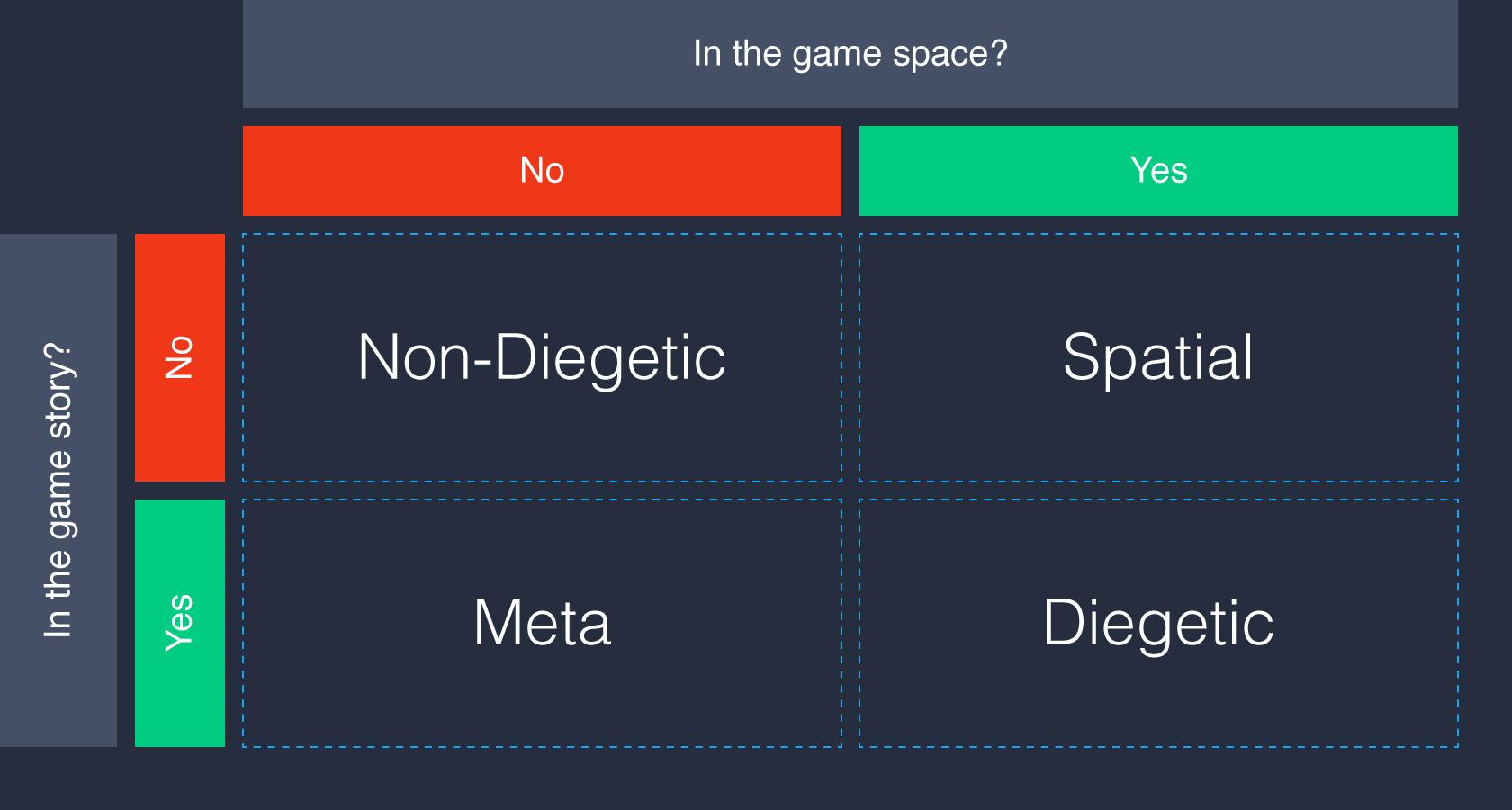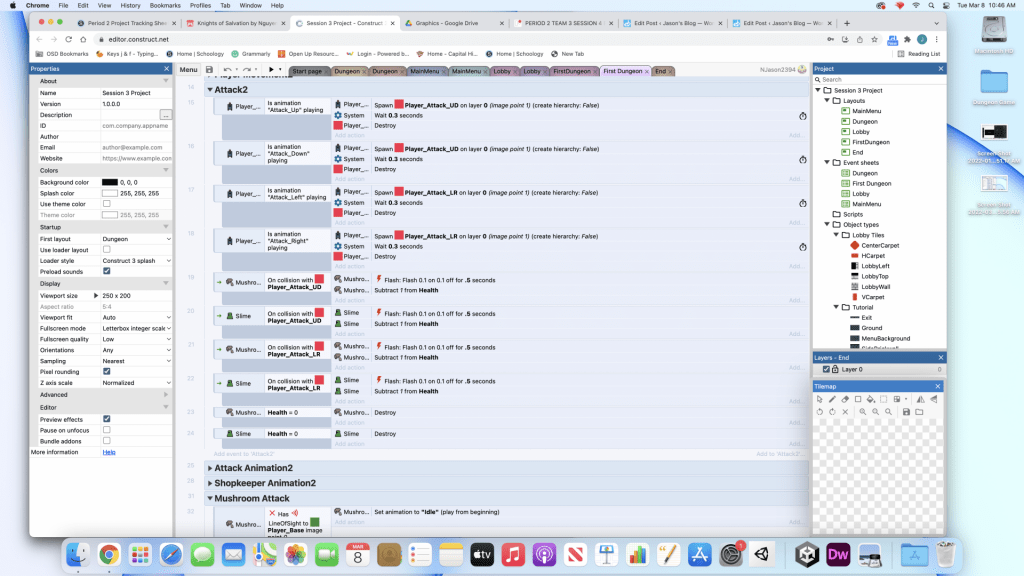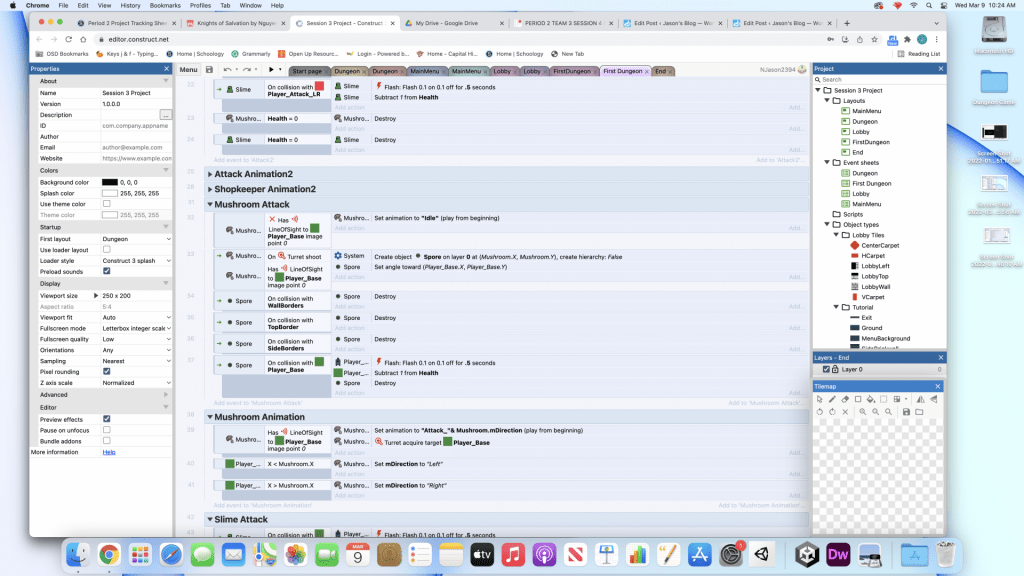SUMMARY

Role
UI/Heads Up Display
Intention (SMART Goal)
By May 10th, as the UI/HUD person for Team 3, I will identify the positive and negative feedback systems for our game, and I will use the Rules of Play book by Salen and Zimmerman to help me make this project for the community game challenge.
PRE-PRODUCTION – INQUIRY
Leader(s) in the Field / Exemplary Work(s)
Has worked with Retro Studios on all 3 Metroid Prime games where he was responsible for the look of the visor and heads-up interface for Metroid.
Training Source(s)
https://www.toptal.com/designers/gui/game-ui
(paragraph)
- In only 12 years the game industry has transformed (2)
- UI elements help make a game worth playing (3)
- Some common UI components help navigate, find information, and accomplish goals (4)
- Two concepts vital to game design, narrative and the fourth wall (4)
- The narrative is the story the game tells (4)
- The fourth wall is the imaginary barrier between the player and the space in the games take place in (4)
- The narrative and the fourth wall provide two questions, “Does the component exist in the game story?” and “Does the component exist in the game space?” (4)
- Four classes, non-diegetic, diegetic, spatial, and meta (4)
- “Classifying video game UI components isn’t always cut and dry. A life meter may be diegetic in one game but non-diegetic in another.” (14)
- “Depending on a game’s narrative and its players’ relationship to the fourth wall, components may blur the line between classes. Likewise, an infinite range of visual styles and configurations can be applied to components according to a game’s art direction.” (14)

Project Timeline
March 21-22 – Brainstorm game
March 23 – SMART goal
March 24 – GDD and pitch
March 28-31 – Work on the game and update Trello
April 1 – MVP
April 11-15 – Production and skills
Continue working on the game
Proposed Budget
No costs
The deadline is May 10th
PRODUCTION – ACTION
The (FILM, SOUND, or GAME Creation)
Skills Commentary
POST-PRODUCTION – REFLECTION
I was the UI/Heads Up person. I technically don’t have any evidence all I did was code and help out with other roles like level and character design because it was going a bit slow so since we don’t have much of a game I don’t have the right evidence.
21st Century Skills
Ways of Thinking (Creativity, Innovation, Critical Thinking, Problem Solving)
Our team ran into many problems with the scaling of the resolution and the size of the sprites. To solve this I changed the viewport scaling so that no matter how big the layout is I can just show only what I want the player to see. This is also the first time I have done a 2 player game, and we are actually the first team in our class to attempt to make a 2 player game. So we had to think of ways to make a 2 player game work with the space of a platformer game.
Ways of Working (Communication & Collaboration)
Since the first session our team we have been getting better at communicating and working with one another. It makes it much easier since we have been a team for every session so we’re comfortable as teammates.
Tools for Working (Info & Media Literacy)
I mainly used the Construct Forums to research and fix problems I encountered during working in Construct. There were also Youtube tutorials that were informative on 2 player game making.
Ways of Living in the World (Life & Career)
The skills that I developed in making this game will definitely make me a better game designer and if I’m a better game designer I can be a better worker in the future.
Reactions to the Final Version
“The background looks really good and matches the theme of the game”
-Vicky
Self-Evaluation of Final Version
Our game is definitely unfinished and unpolished. I think we had a unique and cool idea but it just didn’t show through our end product. It could have been much more but I think we focused too much on graphics and we had our priorities mixed up. But I appreciate that people were able to notice the work and time put into what was created and I’m also proud of what I made.
Grammar and Spelling
Grammarly
Editor
Haziel


